Choosing a color palette in interior design and office decoration
The colors you decorate your office with are important because they affect behaviors as well as productivity. This is why you should pay attention to choosing the right color when buying office furniture or designing office interior decoration.
- Factors to consider before choosing the color of your office
- How to choose the right colors for a modern office?
- What factors should be considered in choosing colors for offices?
- Examining different color palettes in decoration and office furniture
Factors to consider before choosing the color of your office:
Before choosing a color to paint your office or use in office furniture, you should consider the following factors:
• Does the work to be done in your office require high concentration? In this case, avoid creating a sudden color contrast and using complementary colors.
• What image do you want your company to present of its brand? Remember that the interior space and decoration of your company's office is a representation of your identity and brand that is imprinted in the minds of clients.
• What image of the company do you want your company to present? Remember that the office, especially if you serve the public, is a reflection of your company.
• Does the work done in your office require creativity and go beyond an administrative task? If you want to increase creativity among employees, you can place details and small texts with a striking color spectrum and with contrast in certain parts of your company. Remember to use this technique sparingly as incorporating strong contrasts and using overly dramatic color ranges can create an unpleasant visual effect.
How to choose the right colors for a modern office?
After considering the above points, you can start by choosing the color of the walls, accessories and office furniture:
If you have one or more corporate colors, you can use the corporate color or one of them to decorate your office. Organizational color can be positive and successful in promoting your business brand, as long as it does not overload the decoration and does not cover more than 10-15% of the visual surface of your office.
If you use the organizational color in the cover of the office chair, the body of the lighting equipment and other components of the office furniture, you can paint the wall a little differently from the organizational color and always choose a lighter color that creates space in the space. .
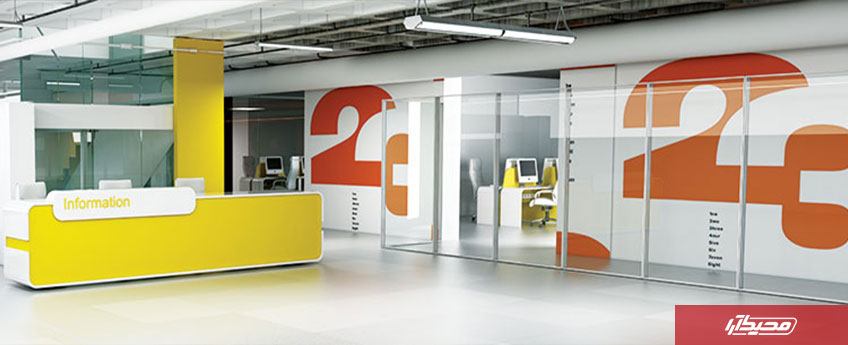
What factors should be considered in choosing colors for offices?
Weather and location:
If your company is located in a cold and rainy area, it is better for your office environment to be bright; Choose light colors for walls, floors and office chair material. In addition, in office furniture, the combination of material with wood can create a warm and intimate environment.
If your company or office is in a warm and bright area, choosing white color and generally creating monochromatic spaces is always a good decision.
• Natural daylight:
The point that is very important when choosing a color for the office is that you need to pay attention to the intensity of the light and whether it is permanent or temporary. Depending on whether it falls directly or indirectly on the surfaces, natural light has the property of enlivening colors and shading or even changing shadows, and it can also create different scenes depending on the time of day, which has a great effect on creating vitality among the users of the space.
If the office has little natural light, white color is a good option, but again you need to analyze the choice in general, also taking into account the type of furniture and the architectural features of the space, it is not recommended to use pure white because It can be boring.
If you choose white color for the interior decoration of the company, you can use red, pearl, yellow or gray colors as complements. In this way, by separating the wall from the molds and doors, it is possible to prevent the environment from being too flat due to the lack of natural light.
Light can also be spread in the environment by reflection. This is achieved, for example, by using a mirror to increase the flow of light or by transferring images from one space to another, which breaks the monotony.
• Level and volume:
Finding a successful office color scheme means starting with an overall idea where you try to understand how the chosen palette affects the proportions of the environment. For example, if colors have to be chosen for small offices, it is not recommended to use contrast between colors, because they create a sense of space drowning. It is also not a good idea to use too many decorative paintings, as they saturate the environment and reduce its size. In addition, this effect is not only created on the office space itself, but also has a negative effect on the office furniture and causes the visual weight around the office furniture to be absorbed and the office furniture not visible.
One of the options that should be considered is that if we are facing a space with two different heights, we should focus on one color and use this situation to try to define the space with a certain tone.
In the same way, you can play with the proportions of the room; For example, if a dark color is chosen for the back wall of a long room, that wall will appear closer and make the room feel smaller.
On the contrary, by painting the plinth under the wall with a darker color than the rest, the vertical canvas above will rise from the ground and create a feeling of greater height.
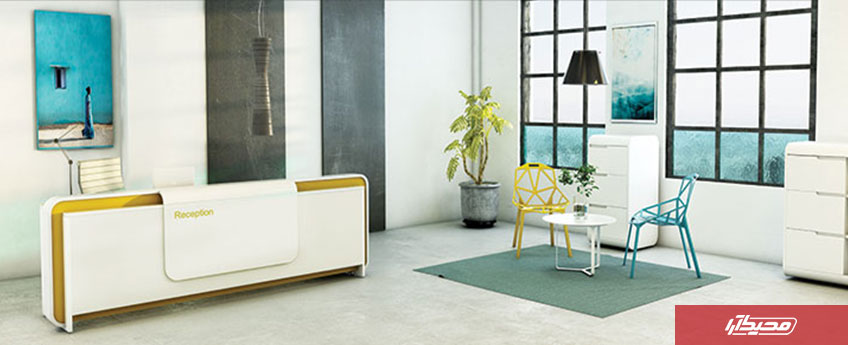
Examining different color palettes in decoration and office furniture:
1. The range of cold colors from green to turquoise blue:
Cold colors visually reduce the depth of space, which is why their use should be limited to very large spaces or lighter, less saturated shades. To decorate the office or company four Blue, purple, green and turquoise blue colors are recommended:
• Green:
Green is a color that shows optimism, peace and harmony. It is necessary to use it in office spaces to promote relaxation; For example, it is recommended to use elements with green color in the meeting room.
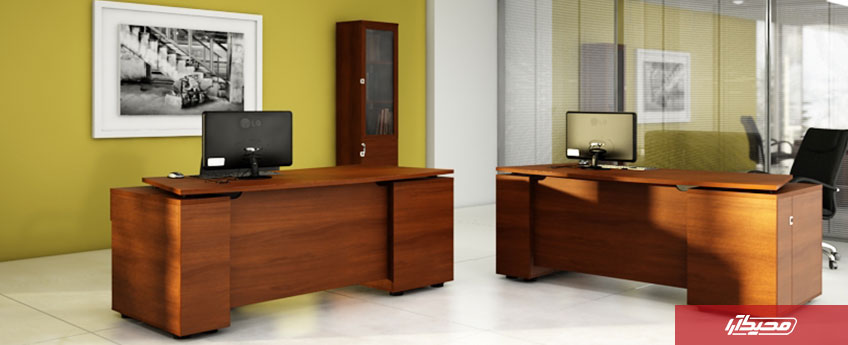
• Blue:
Blue is the color of calmness, introspection and concentration. If the work that requires high concentration is done in your office, this color is suitable for your work environment. Blue color creates a calm and quiet environment where employees can concentrate and achieve the highest productivity.
Purple:
This color represents luxury, wisdom and experience, and because it is in the category of cold colors, it conveys a feeling of relaxation. This color should be used in light types because in the case of the darkest purple it can convey a feeling of sadness.
Turquoise blue:
Turquoise blue is a relaxing color that comes from the combination of blue, green and yellow: this color is ideal for waiting rooms and environments that need to reduce stress. Turquoise blue is a color that evokes coastal environments in tropical regions and is usually very pleasant to most people.
2. The range of warm colors, from magenta to yellow:
• Orange:
This color shows strength, will, energy and passion. Because orange color is more available in nature and is the color of some fruits, our brain absorbs it as something appetizing, with a sweet taste. This color is very suitable for collaborative environments.
Red:
Using this color a lot requires caution and consideration, but using it correctly can show determination, prosperity and strength. Psychologically, red is a color that presents cognitive duality, as it is associated with various concepts and events, including power, love, passion, danger, and violence.
To use this color correctly, you should use it in a small proportion when decorating your office and try to always present it in organic lines (curves and sinuses).
Use this color only in entertainment or collaborative environments where more clarity is needed.
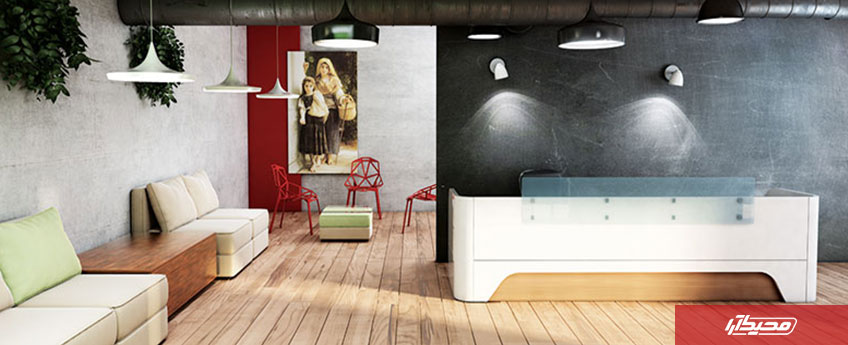
yellow:
For Western culture, yellow is associated with genius, creativity, science and understanding. For Asian culture, in themes close to gold, it is associated with power and wealth. This color can be used in its most pastel shade without any problems. In its most saturated and brightest color, it should be used in small proportions and in certain spaces (just like red color), because it comes with a warning and moves the visual center of gravity of your office panorama to a certain point.
last word:
To have a pleasant atmosphere, you should have colors of warm spectrums such as ochre, yellow, orange, copper or terracotta, which are ideal for integration in large environments, due to the strength and low dispersion they bring to the space. On the other hand, in small environments, it is preferable to choose the lighter ranges of this group.
FAQ
Cold colors suitable for office decoration include green, blue, purple, turquoise blue, and warm colors include orange, red, and yellow.
In small offices, depending on the type of decoration, use a light color palette because dark colors reduce the depth of the space and are not suitable for small spaces.
In choosing the color for office interior decoration and also office furniture, one should pay attention to factors such as the climate of the place where the company is located, the amount of lighting in the company's interior spaces, as well as the levels and volume of the interior spaces.
The most important indicator of color selection for office spaces is the company's office decoration style, which is in harmony with the selected color palette. Other factors are attention to the amount of natural light received in that office space, attention to the color of office furniture, budget in mind, type of company activity.
The colors of the warm gray spectrum, when it leans towards beige, create a bright and modern office space for you. Turquoise color with light wood is also suitable for office spaces with small area. White color is also very effective in giving depth to small spaces.
It is better to use warm colors for environments that require more dynamism and participation and interaction, and cold colors for environments that require calmness and high concentration
The corporate identity color can be used as small elements on the walls, floor and other elements of the company or in combination with office furniture materials.
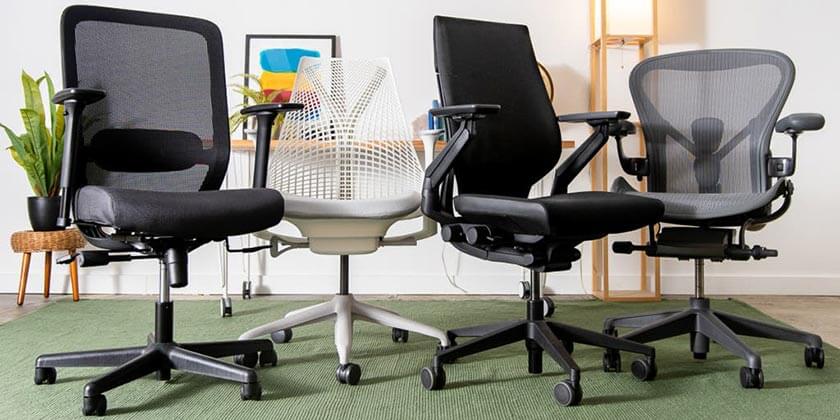
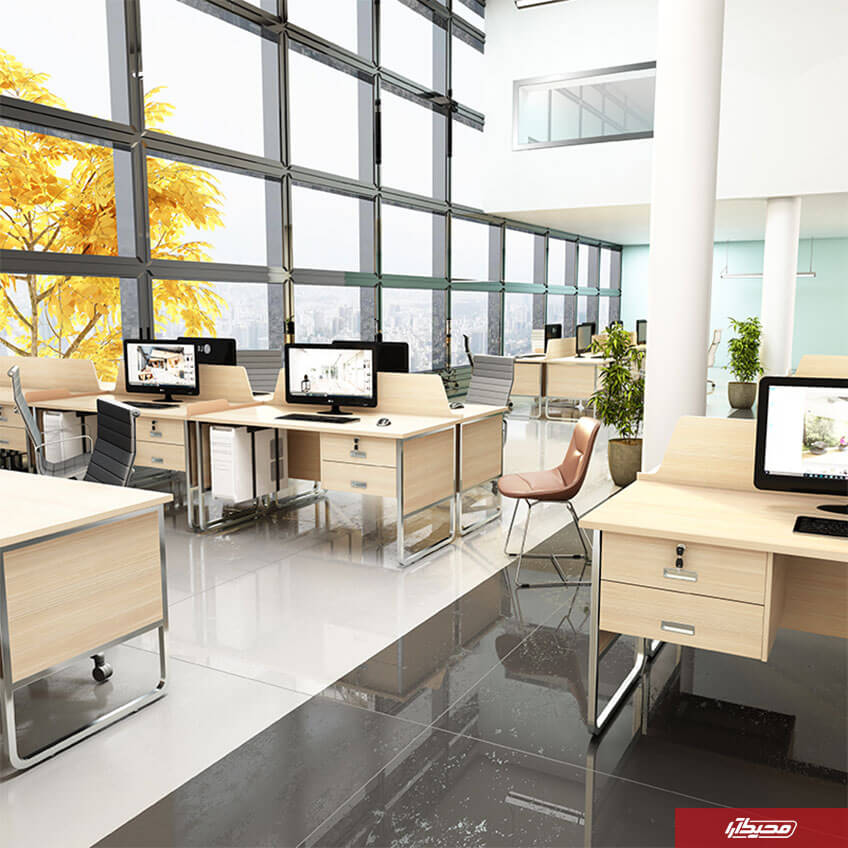

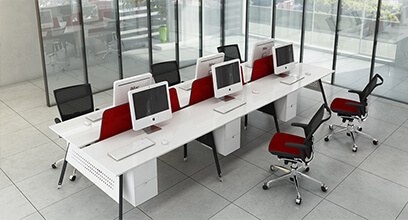


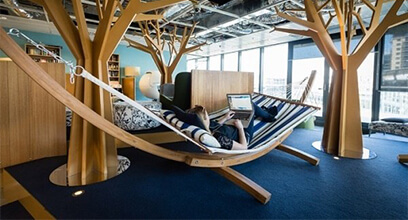
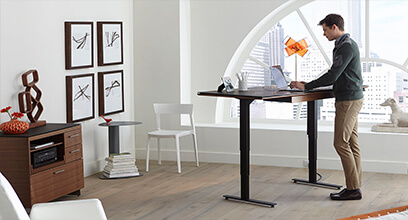
Share